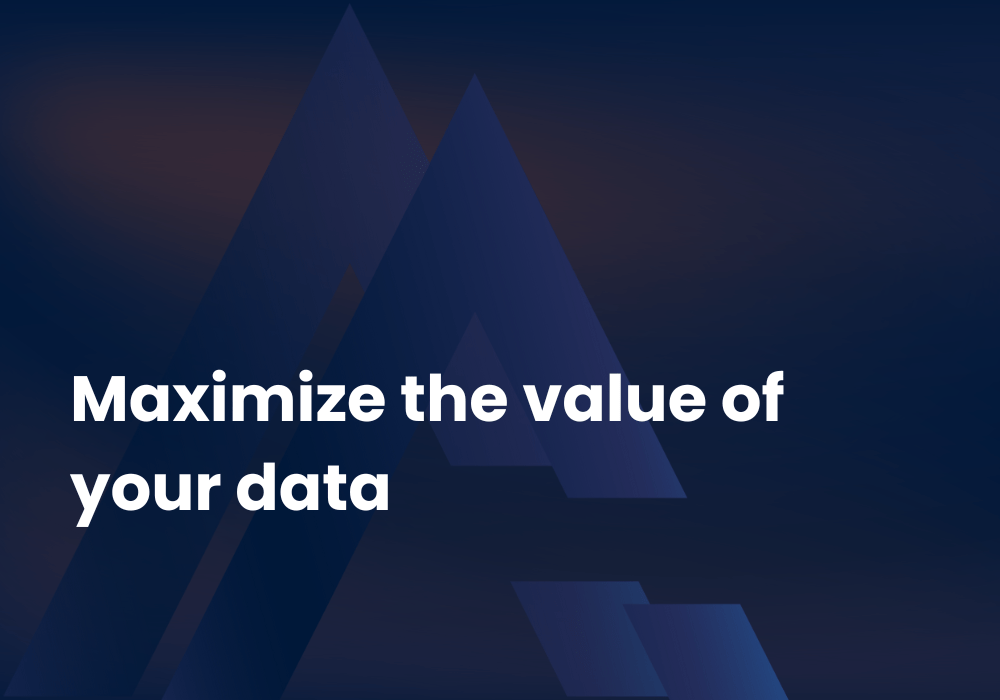Anders Svensson, Co-Founder & Senior Fellow at Agama, and Goran Nastic, editor at CSI Magazine, explore how media and telco companies can maximize the value of their data. And it is not so much the data analytics itself, but what you do with it by translating data into insights is what matters.
What is driving the industry’s interest in data?
The need to get more insights, and to be more efficient, requires more data. Also, if you look at our business, you want to keep your customers and keep them happy. With this in mind, data may play a crucial part in both the content and the overall user experience.
The technical platforms are also getting better and allowing this to happen with reasonable cost, that’s another driver. We’ve been working with big data for many years, but when we first began out 20 years ago, the cost of the hardware needed to harvest vast amounts of data was too expensive, limiting what we can accomplish.
On the software side, the open-source platforms have gained a lot of traction over the last 10 years, and especially in the last five years – it feels like the core platform parts are becoming open-sourced. But, on top of that, you have your twist on it, commercial add-ons that create differentiation and extra capabilities, which requires specialized competence. And it will only continue – it’s impossible to hold open source back.
Agama tries to use the best-of-breed open source and packages by adding skills, insights, and knowledge on how to structure information. The ideas on how to really create value, you still need to provide as a vendor. Finally, if you have or use AI, you must train your models with more variety in data, which drives the need for more data.
Data on its own is not enough, it is all about how this data is used. Can you share some examples of what operators and broadcasters can do to really harness the power of analytics?
If you turn the clock back, it was all about collecting data, but there was a shift a few years ago. Before, there was so much data being collected that there was not enough focus on making sense of it or getting insights because no one knew how the data was organized or how it related to other data. We see that provides us extra value with our solutions to our customers.
We hand over a lot of data for their data lakes and they can always use our solution in specific use cases to solve real business needs or they can build their own applications later on. Then, the turnaround cycles also become shorter.
And with GDPR, you cannot just leak data left and right; you have to manage it and make it secure. So, there are complications, but we see a drive towards higher quality data being sent to the data lakes, and more big volumes of data are managed internally on our system to provide direct value to different user groups.
What are the key use cases as you see them?
Our key customers, the managed network operators, are able to do A/B testing of new equipment, as well as efficient operations and troubleshooting. On the other hand, you have Customer Care who wants to investigate individual subscribers. Both help resolve issues faster and improve the customer experience.
All the data, together with its ‘topology’ and transportation across networks – almost like a tree of all distribution paths – can help these operators understand in real time where and how things flow.
What solutions or features has Agama introduced recently?
We have different products: probes in the network or headend, as well as integrations into the client deployed within the video players or set-top-boxes that collect data. Then there are the subscriber insights, which include umbrella analytics and dashboarding. It’s a combination of cloud and on-prem installations.
What differentiates us is that we have the whole end-to-end video observability solution, allowing operators to visualize and better understand everything that is going on.
This opinion piece was published in the CSI Magazine Autumn/IBC 2022 edition.
